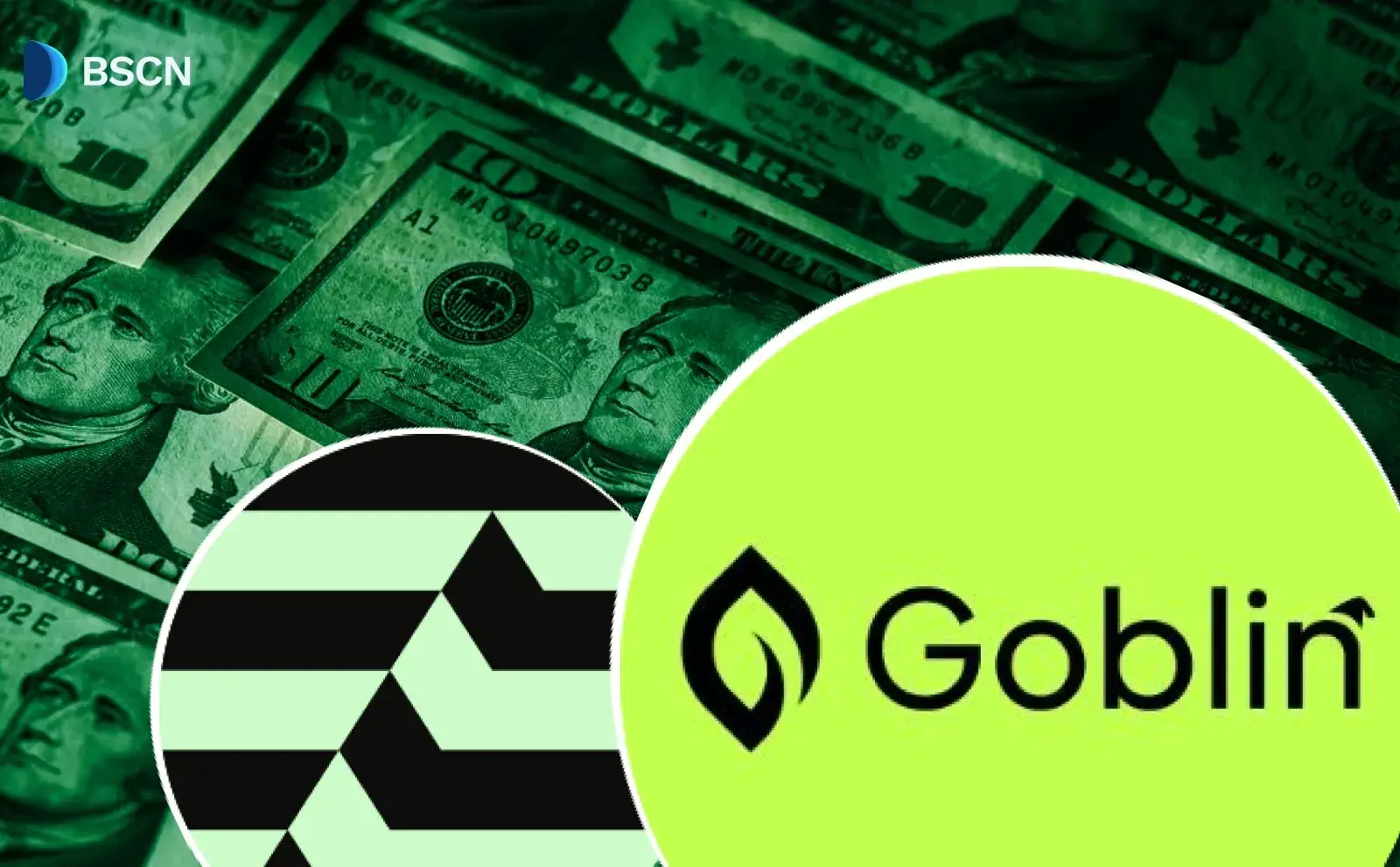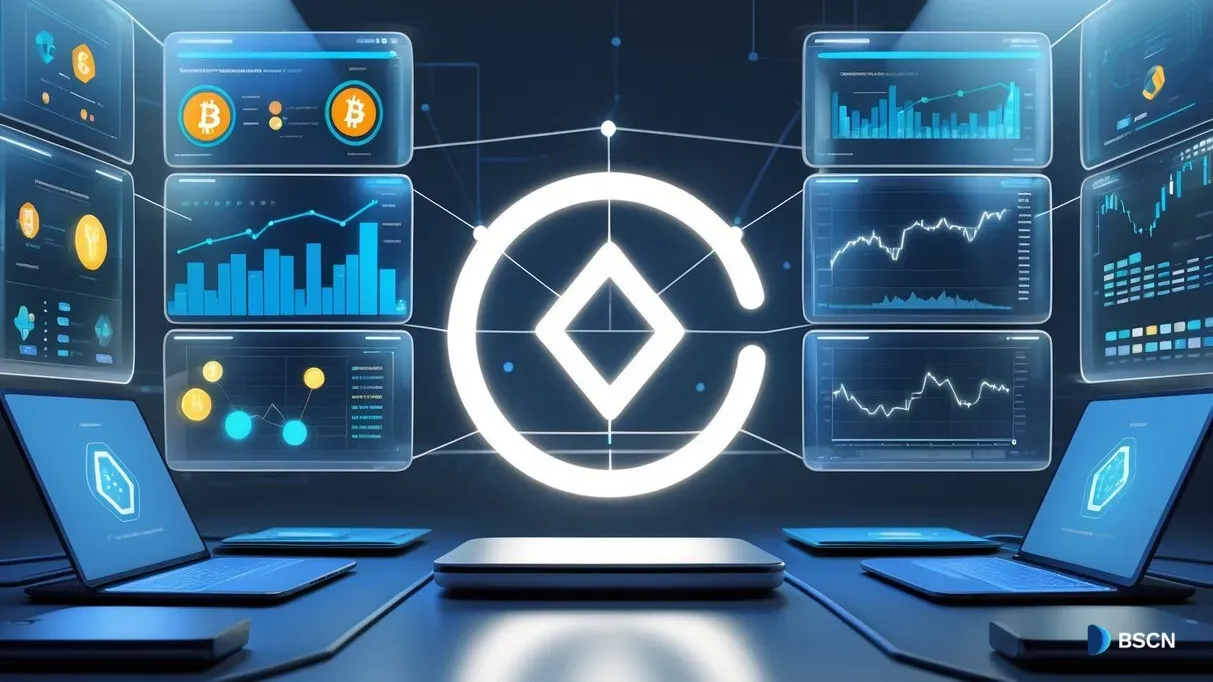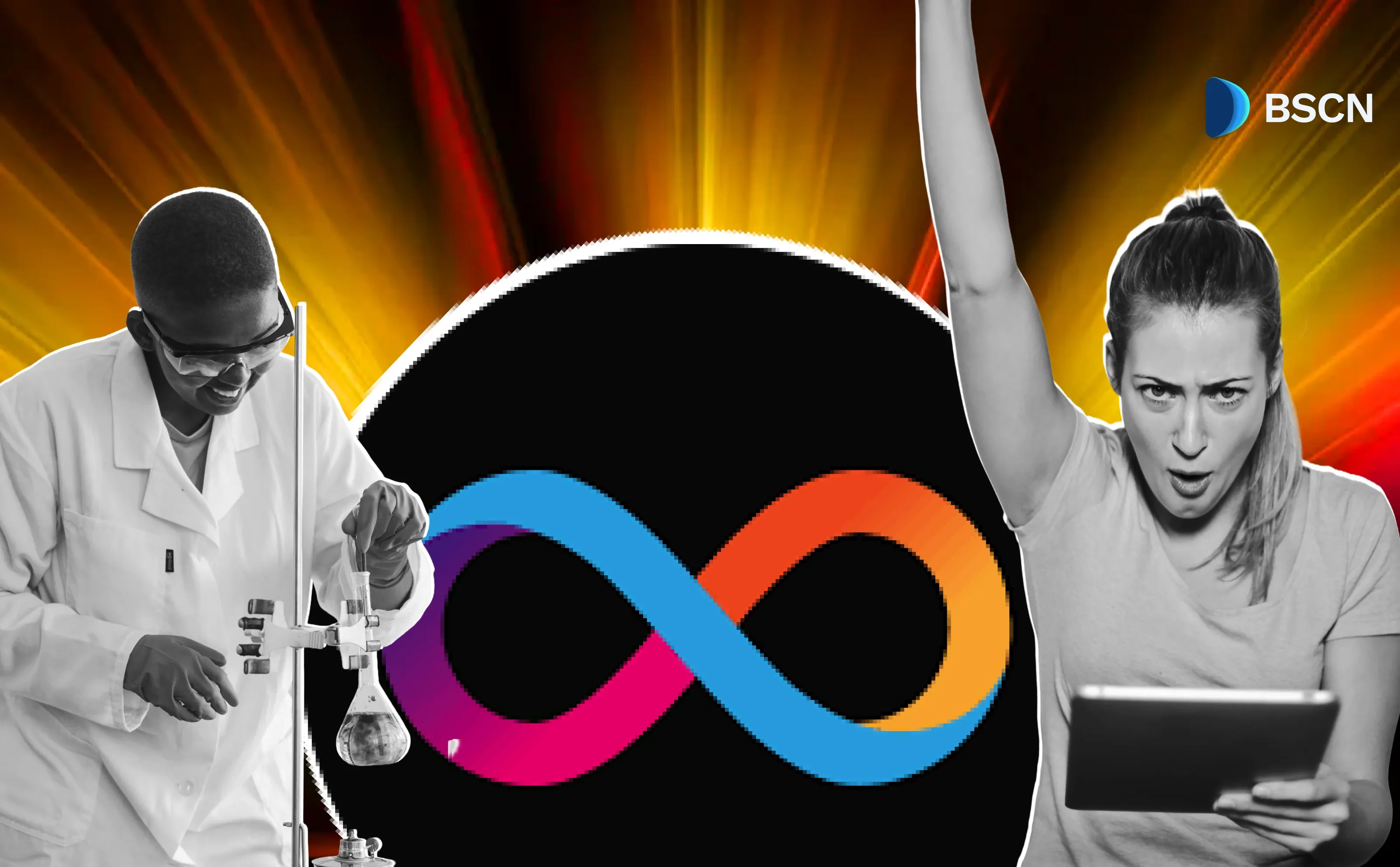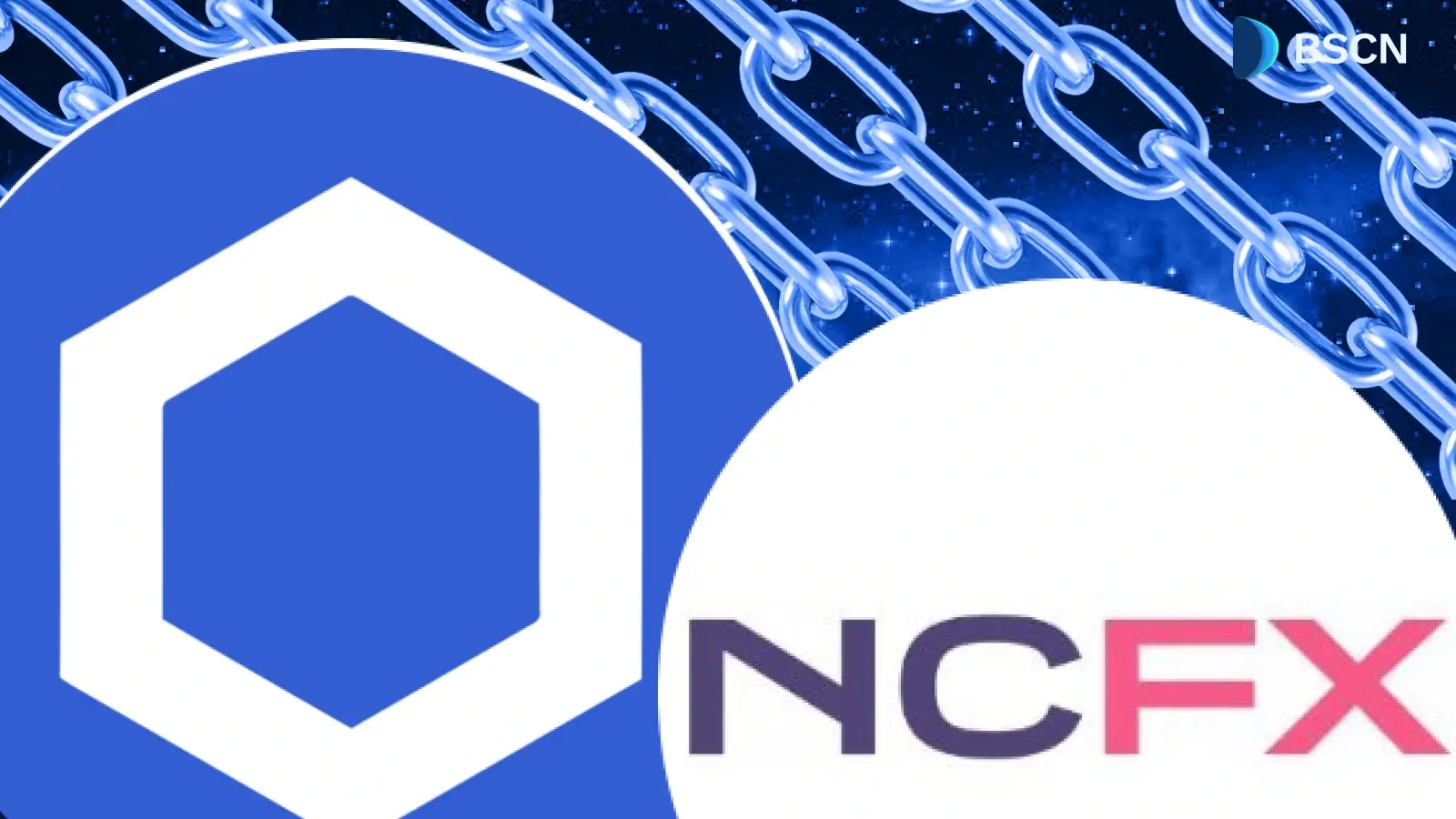Research
(Advertisement)
Crypto Mining Projects of 2025: Top 5 Picks

A look at the top trending crypto mining platforms of 2025 and why they stand out in the blockchain industry.
UC Hope
July 25, 2025
(Advertisement)
Table of Contents
Cryptocurrency mining has shifted toward mobile and accessible methods, allowing users to earn tokens through smartphone apps without requiring powerful hardware or high energy costs. This change stems from the blockchain's push for energy efficiency, as networks adopt proof-of-stake or hybrid consensus to reduce power consumption compared to older proof-of-work systems, such as Bitcoin.
User adoption has grown, with over 14 percent of non-owners planning to enter the market this year, driven by features such as staking and real-world utilities like payments and e-commerce. Projects like Pi Network and Star Network stand out in this space, each offering a unique approach to mining while addressing common challenges, such as regulatory scrutiny and market volatility that affects token values. Tokenomics play a crucial role, with diverse ecosystem initiatives used to regulate supply, while KYC processes help verify users and mitigate scams.
Moreover, these crypto mining platforms often begin in testnet phases to refine code before launching on the mainnet, where real transactions occur on live blockchains like Ethereum or BNB Chain. With some still in the testnet phase, they have become relevant in 2025, attracting crypto communities due to their accessibility and ease of use. This article examines five of these cryptocurrency mining projects, evaluating their current status and key features within the Decentralized Finance (DeFi) industry.
Pi Network
One of the standout platforms, as expected, is Pi Network. The mobile mining blockchain platform utilizes the Stellar Consensus Protocol to facilitate low-fee transactions, thereby enabling mobile mining without battery drain. It builds a Web3 ecosystem with no-code app creation, staking, and investment capabilities.
Why Pi Network Stands Out?
Pi Network stands out as a top pick among 2025's crypto mining projects due to its large-scale user adoption, active mainnet operations, and ongoing ecosystem expansions that emphasize real-world utility and accessibility.
The project boasts of over 45 million active miners, known as Pioneers, who engage through daily check-ins and community invites. This user base drives network security and growth, setting it apart from other similar protocols.
Its Open Network, launched on February 20, 2025, marks a key milestone, allowing external trading on exchanges such as OKX and real transactions on the blockchain. By mid-2025, over 10.14 million users had migrated to the mainnet, reflecting strong participation. Unlike most mobile mining platforms in pre-mainnet or testnet phases, Pi's live network supports actual value transfers and utilities.
Key Updates in 2025
Pi's ecosystem developments in 2025 further solidify its position. On Pi2Day (June 28), it released Pi App Studio, an AI-powered no-code platform where users have created over 7,600 chatbots and 14,100 custom apps by July, enabling non-technical Pioneers to build and own products. Ecosystem Directory Staking enables users to stake PI to boost app rankings. At the same time, the $100 million Pi Network Ventures fund, launched in May, invests in startups to enhance utility across various sectors, including commerce and gaming. Examples include the FruityPi game, which integrates PI for payments and ads, and .pi domains auctions for Web3 identifiers.
Security and community focus add to its appeal. Updates like Node v0.5.2 enhance access, and safety resources warn against scams, with KYC verification for users to reduce the risk of fraud. Over 100 days post-mainnet, enhancements in local commerce, third-party onramps, and account recovery have boosted engagement. Events like the Pi2Day Ecosystem Challenge encourage participation, awarding digital prizes for exploring features.
Generally, Pi's combination of scale, live infrastructure, and innovations, such as AI-integrated tools, positions it as a leader in making crypto mining inclusive and practical for real-world use. As highlighted above, the open network represented a significant milestone for the protocol’s development. The Pi App Studio for AI no-code apps boasts 7,600+ chatbots created, signaling growing community interest. The Pi Desktop features third-party onramps and an extended .pi Domains Auction.
Here’s a summary of the key updates:
- Ecosystem Directory Staking.
- .Pi Domain Auctions.
- Pi App Studio.
- Ventures initiative invested in utility-focused startups.
cPen Network
cPen Network operates on the Binance Smart Chain, allowing users to mine tokens through a mobile app that rewards daily check-ins and team-building activities. Launched in May 2023, it utilizes a proof-of-activity system, where miners earn rewards based on consistent participation, with additional boosts from referrals up to a team of 25. The app features social elements, including cStory posts for sharing updates, and security features, such as verified accounts to prevent bots. Challenges in 2025 included exchange listing errors that resulted in price drops, leading to community frustration and prompting the team to reflect on token distribution strategies.
Why cPen Makes The List?
cPen Network is one to watch in 2025 due to its rapid user adoption, focus on sustainable mobile mining, and resilient handling of market challenges, such as listing volatility, even during the testnet phase.
Its community scale, although smaller than Pi Network's 45 million or Bee Network's reported 40 million beelievers, demonstrates strong growth through its no-cost entry and social features, such as cStory posts for updates. The project's token generation event (TGE) completed in March 2025, releasing a total supply of 3.3 billion $CPEN tokens, with 72% allocated to the community (60% for pre-mainnet mining and 12% for ecosystem incentives), 10% for the team with vesting, and 8% for mainnet rewards.
Listings on BitMart and WEEX in April enabled trading, but an exchange error on BitMart led to premature access and price drops to approximately $0.0005, prompting the team to conduct buybacks from a dedicated wallet and add liquidity on PancakeSwap (6 million $CPEN paired with 1.7 WBNB). cPen's active market presence and deflationary mechanics, including mining rate halvings (from 0.6 to 0.3 in April, then to 0.15 in July), support a long-term scarcity model similar to Bitcoin's. The app, rated 4.6 stars from over a million downloads, runs on BSC with ERC-20 compatibility for early swaps, and the open mainnet is planned for Q1 2026 to prioritize stability.
Ecosystem Advancements in 2025
cPen's ecosystem advancements in 2025 further highlight its value. App updates to version by July added two-factor authentication, like/unlike functions for posts, enhanced profiles, and social follow/unfollow systems, improving security and interaction. The revised June roadmap shifted its focus to integrations, including social media, AI tools, and merchant loyalty programs, with a stronger emphasis on merchant ecosystems.
KYC requirements, which necessitate five consecutive mining days, and a 30% supply lock for five years (covering both team and rewards) enhance transparency and fraud prevention. Community efforts, including debunking presale scams and engaging in direct X communications on issues, build trust in a space prone to skepticism.
- The token distribution was completed on March 30 with the submission of BSC wallet addresses.
- Roadmap updates prioritized AI and loyalty features over the rushed mainnet.
In the meantime, the platform remains in testnet on Binance Smart Chain. Full open mainnet is delayed to the first quarter of 2026, allowing focus on app stability and ecosystem features like blockchain-based loyalty systems.
Bee Network
Bee Network, which has been active since 2020, enables users to mine tokens on their phones through a tap-to-earn model, blending social finance with gaming and AI assistants. It operates on a decentralized wallet system, where transfers occur before the mainnet, and halvings gradually reduce the supply over time. The platform tracks memecoins and hosts play-to-earn games, offering rewards that can be boosted by up to 200 percent. App stability issues on Android versions have been reported, with ongoing fixes aimed at maintaining user trust.
The Next Pi Network?
With its massive user adoption, emphasis on accessible mobile mining without investment, and continuous ecosystem expansions, such as AI assistants and play-to-earn games, Bee Network positions itself as a bridge to Web3 for everyday users, despite remaining in the pre-mainnet phase.
The protocol boasts over 40 million registered miners globally, with growth fueled by invite-based referrals and no-cost entry, outpacing smaller mobile crypto mining platforms. This scale supports network security through community participation, with daily active users exceeding 3 million, reflecting a viral spread across 230 countries.
However, no TGE has occurred, as $BEE tokens are still in the mining phase and not tradable on exchanges. Announcements regarding tokenomics and the TGE are pending and are expected to be made alongside the mainnet for transparency. The app supports multi-chain wallets for Ethereum, Polygon, and BSC, enabling pre-mainnet transfers.
Key Developments in 2025
Bee Network's ecosystem developments in 2025 underscore its appeal. Dubbed the "Year of the Bee Network," it celebrated its fifth anniversary on May 20 with the launch of Bee Wallet 2.0, which enables secure transfers through upgrades for decentralization. The Game Center launched in March, featuring play-to-earn titles like Tank, Ski, and Cat Cook, which offer $BEE rewards and daily boosters, resetting at midnight local time.
In July, Bee AI was rolled out as an assistant with 16 characters, designed for tasks such as translation, education, and crypto advice. App updates fixed Android bugs and added mining streaks, swarm events, and memecoin tracking tools in April. Here are the top three picks;
- Bee Wallet 2.0 decentralized upgrades on May 20 for enhanced security.
- AI Assistant launch in July, focusing on user growth and multilingual support.
- Game Center integration.
Star Network
Star Network, launched in 2021, combines social networking with DeFi, utilizing mobile mining to earn tokens while facilitating peer-to-peer payments. It incorporates AI for tools such as identity verification and supports cross-chain bridges for seamless asset transfers. The app's version three brought enhanced DeFi features, but maintenance periods highlighted the need for robust infrastructure.
Star Network’s Journey to Relevance
Star Network’s relevance is due to its strong community growth, integration of social DeFi features with mobile mining, and ongoing preparations for exchange listings and mainnet expansions, making it a resilient player in the accessible blockchain space despite remaining in an enclosed mainnet phase.
As of the time of writing, the project has over 13.2 million registered explorers (users/miners) worldwide, based on community milestones shared up to December 2024 and continued growth through invites. This user base contributes to network vitality, with halvings triggered at milestones such as 500,000, 2 million, and 10 million users, promoting scarcity.
The platform is yet to announce its TGE, with $STAR tokens in the pre-listing phase and not publicly tradable. Further, the whitepaper details a deflationary model with three halvings to reduce new supply, eventually aiming for zero at massive scale, while utilities include earning, payments, and social interactions.
Plans For Exchange Listings
Discussions with top exchanges began in February 2025 for potential $STAR listings, with further teasers in May, positioning the token for increased liquidity. However, as of the time of writing, no TGE or exchange listings have been announced yet.
In any case, the mainnet is currently in enclosed testing with R&D on multi-chain bridging and cross-chain protocols, and is expected to open fully soon, building on 2024 integrations such as AI Chain and Web3 wallets.
Additional updates include May's app version 3 upgrade, enhanced performance, social interactions, and DeFi tools such as AI assistants for messaging and decentralized identity. June brought system upgrades aimed at enhancing stability, resolving maintenance issues, and restoring access, with an emphasis on community rallying for mining continuity during quiet periods.
KYC processes remain in place for verification, with transitions to new compliance providers noted in earlier replies, ensuring security as listings approach.
ATOSHI
ATOSHI, established in 2018, addresses the limitations of Bitcoin and Ethereum, such as slow transfers, by focusing on cross-border utilities in e-commerce, gaming, and social features. Mining occurs via daily check-ins, with rewards tied to activity levels. The Glory Board system ranks top performers monthly for withdrawals, ensuring fairness through real-time filters.
Incentivizing The Masses
ATOSHI qualifies as a leading selection in 2025’s crypto mining initiatives due to its solid participant numbers, dedication to international functionalities through mobile earning, and regular tangible incentives for engaged members through systems like the Glory Board, establishing it as a functional link to blockchain uses even while in the testnet stage.
The protocol promises to address drawbacks in Bitcoin and Ethereum, including delayed transactions and high costs, by allowing users to accumulate $ATOS tokens through everyday logins on mobile devices, enhanced by recommendations and activities, requiring no equipment expenditures and highlighting real-life connections such as online shopping, entertainment, and transactions.
Key Updates in 2025
ATOSHI's platform progress in 2025 underscores its practical orientation. During July, ATOLLAR debuted as an auxiliary token for transaction costs, exchanges, and advantage passes, including guides for USDT shifts and 0.2 ATOLLAR extras for fresh KYC2 members finishing 3-day sessions.
June's Glory Board permitted over 1,000 payouts of Verified ATOS, compensating dedicated earners openly. Recommendation drives in July increased incentives to 0.2 USDT + 0.2 ATOLLAR per referral who clears KYC2 and logs in for 3 days, with disbursements made each Monday. Application revisions addressed identity issues, with features such as holding, electronic settlements, and group exchanges previewed for the leading network.
Which Platform Stands Out?
Among the five mobile mining platforms, Pi Network distinguishes itself with its operational open mainnet and active token trading. In contrast, the others remain in pre-launch phases, with larger user bases in some cases, but limited real-world functionality as of July 2025.
- User Base: Pi Network leads with over 45 million miners, followed closely by Bee Network, which has more than 40 million. Star Network reports around 13 million users, ATOSHI exceeds 14 million, and cPen Network has about 1 million active participants.
- Mainnet Status: Pi Network's open mainnet went live in February 2025, enabling external transactions. Bee Network is in the pre-mainnet phase. Star Network operates in an enclosed mainnet for testing. ATOSHI is in the testnet with a mid-2026 target, and cPen Network remains in the testnet, with a delayed launch until Q1 2026.
- Token Status: Pi Network's $PI trades on exchanges like OKX after its completed TGE. cPen Network's $CPEN, post-TGE, lists on BitMart at around $0.0004 amid volatility. Bee Network's $BEE, Star Network's $STAR, and ATOSHI's $ATOS are not live yet as their respective TGEs have not occured yet.
- Key Features and Updates: Pi integrates no-code apps and a $100 million venture fund. Bee adds AI assistants and games for boosts. Star focuses on social DeFi with multi-chain R&D. ATOSHI offers Glory Board withdrawals and ATOLLAR for fees. cPen emphasizes social tools and rate halvings for sustainability.
Frequently Asked Questions
What are the main differences between testnet and mainnet in these crypto mining projects?
The testnet is a testing phase for refining code without real value, while the mainnet enables live transactions and token trading on blockchains like Ethereum.
How do users earn rewards in mobile mining apps like Pi Network or Bee Network?
Users typically earn rewards through daily check-ins, referrals, and activity boosts, with these rewards accumulating as tokens that may gain value after the mainnet launch.
What risks should users consider before joining these crypto mining projects?
Risks include token price volatility, regulatory changes, app stability issues, and potential scams; always verify official sources and avoid unauthorized withdrawals.
Wrapping Up: Key Insights on 2025's Mobile Mining Projects
These five mobile mining projects represent a segment of the cryptocurrency landscape where users earn tokens through smartphone apps, typically via daily check-ins, referrals, and activity-based rewards, without requiring specialized hardware or significant energy consumption.
Operationally, the projects span various development stages: Pi Network's open mainnet has been active since February 20, 2025, supporting external trading on platforms like OKX with $PI priced at around $0.44 and a market cap exceeding $3.3 billion. In contrast, cPen Network and ATOSHI remain in testnet phases, with mainnet launches scheduled for Q1 2026 and mid-2026, respectively. Bee Network is in the pre-mainnet stage two, anticipating TGE and exchange listings soon. Star Network operates in an enclosed mainnet for testing, with multi-chain research ongoing.
Common across these platforms are mechanisms like KYC verification to curb fraud, reward halvings or activity filters for supply control, and community-driven growth through invites, which echo practices in established networks like Bitcoin but are adapted for mobile accessibility.
However, participants face shared risks, including token price volatility, regulatory scrutiny, and potential delays in mainnet transitions, as seen with cPen’s postponed launch. App stability issues, like Bee Network's Android 10 glitches, and scam warnings across platforms underscore the importance of verified accounts and official channels. In the context of a market where Bitcoin trades at $118,226 and total crypto cap nears $4 trillion, these projects contribute to adoption by lowering entry barriers, but outcomes depend on execution, such as Pi's 10.14 million mainnet migrations versus others' pending TGEs.
Overall, these initiatives demonstrate the evolution of the mining industry toward inclusivity, with ongoing developments signaling active progress. However, users should monitor official sources for updates, as the sector remains unpredictable.
Sources
- Pi Network's Open Mainnet: https://cointelegraph.com/explained/pi-network-mainnet-launch-what-it-means-for-pioneers
- The Rise of DeFi in Mobile Ecosystem: https://www.coindesk.com/tech/2025/01/01/a-year-of-crypto-tech-in-review
- Bee Network’s Path to Mainnet: https://thetrumpet.ng/how-bee-network-is-penetrating-crypto-market/
Crypto users Demographics: https://coinlaw.io/crypto-user-demographics-statistics/
Read Next...
Disclaimer
Disclaimer: The views expressed in this article do not necessarily represent the views of BSCN. The information provided in this article is for educational and entertainment purposes only and should not be construed as investment advice, or advice of any kind. BSCN assumes no responsibility for any investment decisions made based on the information provided in this article. If you believe that the article should be amended, please reach out to the BSCN team by emailing [email protected].
Author
 UC Hope
UC HopeUC holds a bachelor’s degree in Physics and has been a crypto researcher since 2020. UC was a professional writer before entering the cryptocurrency industry, but was drawn to blockchain technology by its high potential. UC has written for the likes of Cryptopolitan, as well as BSCN. He has a wide area of expertise, covering centralized and decentralized finance, as well as altcoins.
(Advertisement)
Latest News
(Advertisement)
Crypto Project & Token Reviews
Project & Token Reviews
Comprehensive reviews of crypto's most interesting projects and assets
Learn about the hottest projects & tokens
















